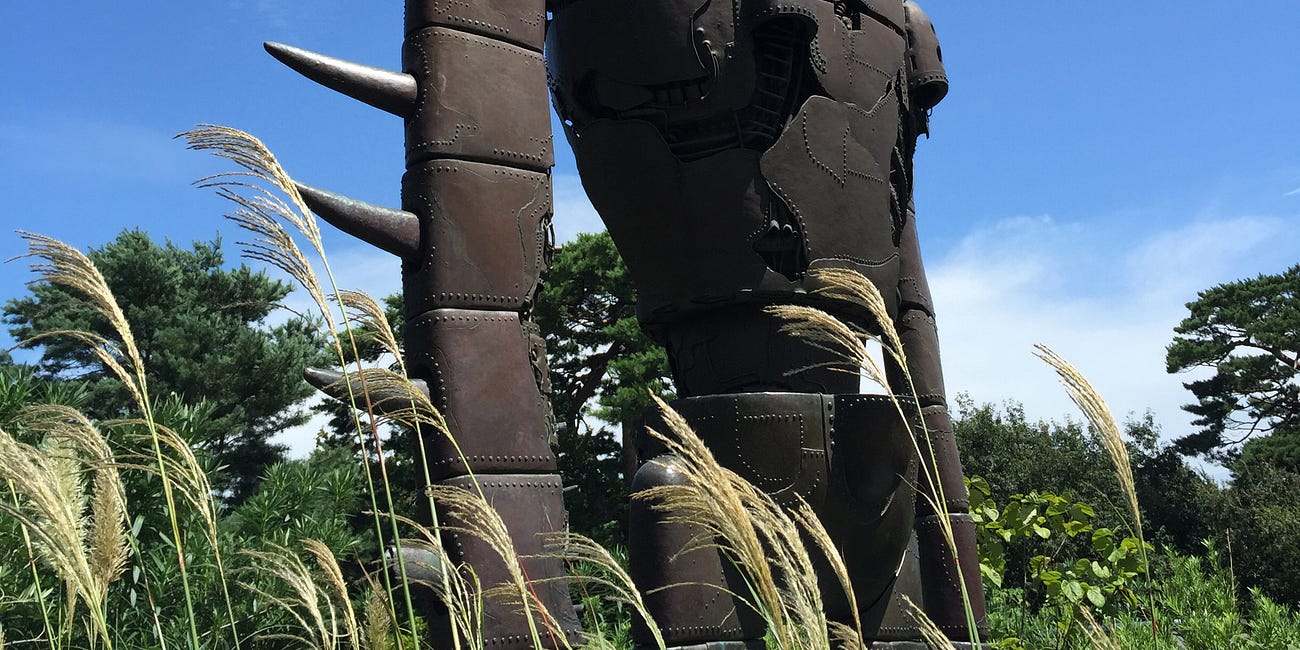To the excellent Garden Cinema with friends of the Metropolitan to see a selection of films by the Brothers Quay, selected and introduced by the brothers themselves, as part of the Kinoteca Polish Film Festival1. Twins Stephen and Timothy Quay make, primarily, stop motion animated films, mostly using found and antique objects, that are strongly reminiscent of the work of the Czech animator Jan Švankmajer. The brothers are originally from Philadelphia but have been working in Europe (and mostly London) for the last half a century.
The films I saw made me realise two things. The first was that a sound cue in The Comb – a rising, anxious string tone followed by a plucked, perturbing plonk – has become my mental shorthand for the inexplicable and unnerving qualities of Eastern European-flavoured animation, in the way The Simpsons’ ‘Worker and Parasite’ has become shorthand for Soviet-era cartoons.
The second was a sudden recognition that the Brothers’ particular look – Victorian doll’s heads, scraps of lace, scissors for legs and the unsettling application of dentures, all within some kind of box or frame, edged about with broken mirrors and bits of plaster moulding – was the visual language of a certain section of the ‘80s underground. This cluttered, moth-eaten, Miss Havisham-esque aesthetic is influenced by the objet trouvé and collage of surrealist art. (Most obviously it recalls the boxes of artist Joseph Cornell, who assembled found objects into strange and bewitching dioramas.) It was on the covers – designed by Vaughan Oliver and 23 Envelope – of records by The Cocteau Twins and Pixies, both on the 4AD label. It was apparent in comics including The Sandman and Arkham Asylum with artwork by Dave McKean.
Quite why this might have been so fashionable is another story. The Quay aesthetic is all very goth, of course: all those bleached skulls and unsettling puppets. And there was a strain in the ‘80s of what Luke Honey terms ‘pickelhaube chic’, the cyclical rediscovery of late Victorian and Edwardian fashions; for those of us who were teenagers then, it consisted of a dark mutation of Blitz Club finery and curdled memories of growing up in the ruins of the last, late-’60s revival of all this nineteenth century jumble. It was also, I suppose, a revolt against the wipe-clean, black ash, relentlessly new and capitalist post-Big Bang ‘80s. All this dusty clutter, the dull-eyed taxidermy and rickety clockwork, stood in direct opposition to the sleek electronic present of chrome-effect executive toys and digital watches. William Gibson’s 1986 cyberpunk novel Count Zero nods to this trend, presenting it as a strange irruption into his science fictional world, in the form of an artwork apparently inspired by Cornell’s boxes:
But Marly was lost in the box, in its evocation of impossible distances, of loss and yearning. It was sombre, gentle, and somehow childlike. It contained seven objects. The slender fluted bone, surely formed for flight, surely from the wing of some large bird. Three archaic circuit boards, faced with mazes of gold A smooth white sphere of baked clay. An age-blackened fragment of lace. A finger-length segment of what she assumed was bone from a human wrist, greyish white, inset smoothly with the silicon shaft of a small instrument that must once have ridden flush with the surface of the skin – but the thing’s face was seared and blackened. The box was a universe, a poem, frozen on the boundaries of human experience.
The artwork, it turns out, has been made [spoiler] by an artificial intelligence, a non-human artist, which has taken the detritus of human culture and reassembled it into a fresh, alien visual language.
Maybe we’re due a comeback of this style pretty soon.
For slightly less unnerving animation, there’s always Studio Ghibli:
The nature of animation
It’s odd, the things in a film that stick in your mind. One, for me, is an astonishing moment in the 1995 Studio Ghibli film A Whisper of the Heart. Astonishing in its mundanity. Seiya Tsukishima, the father of the heroine Shizuku, politely passes a neighbour on the stairs of …
Incidentally, in the unlikely event he is reading this, I wish to apologise to the film producer I was rather brusque with on the way out of the cinema. I can only attribute this to being in that state of emerging from a film that is similar to a diver returning to the surface: I still had bubbles of dream in my blood. The narrative bends. That and the fact that – like all film producers I’ve ever known – the man looked like the sort of figure who’d offer you an untrustworthy bargain in a fairy tale. I’ve just been rude again, haven’t I?




Wow, I guess I missed the boat on this due to being born in the 80s, but I sure have spent many years loving what I now recognize as Tim Burton blatantly ripping this stuff off. 😅
Urrrrrrggggh, I remember staying up too late as a kid and watching Gilgamesh on channel 4.
Properly fucking upsetting - like a fever dream, but real.